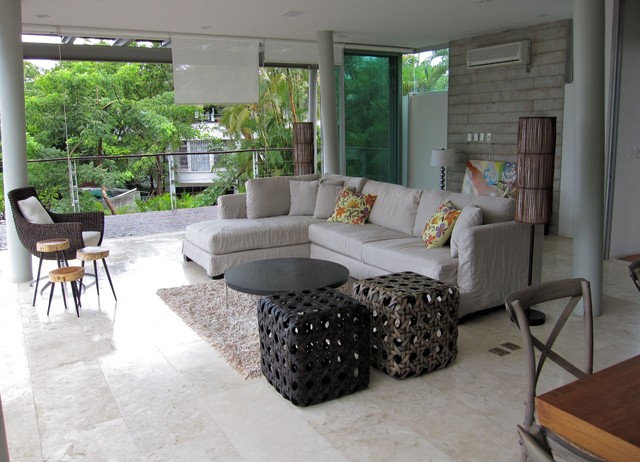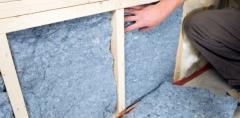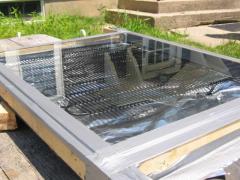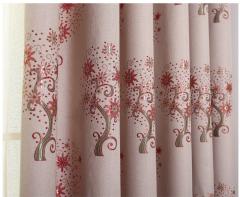How to Make Your Living Room Healthier
According to the Environmental Protection Agency (EPA), an average American spends almost 90 percent of their life indoors, and most of that time is spent in the living room. People don’t often perceive this as a problem, since they consider their homes to be safe and healthy. The truth is that indoor pollutants are just as dangerous as the outdoor ones (if not more). Luckily, there are ways to make the spaces we live in healthier. Here are some things you can change in your living room that will drastically improve its influence on your health.

Check your paint
Did you know that the paint on your walls can emit harmful gasses that can find a way into your lungs and eventually harm your health? Before painting your home, you should check whether the paint you want to use contains VOCs (volatile organic compounds). There are some paint colors that have low levels of VOCs, but it is always better to go with the ones that are completely free of these toxins.
Clean house equals healthy house
Dust on the bookshelves surely looks bad, but there is much more to it. Dust mites are one of the most frequent indoor air-pollutants, and they can trigger allergic reactions or cause even more harm. Regular dusting will keep you and your family safe. Vacuuming (twice a week) is also an important part of the cleaning process, and to avoid just spreading the dust around, it is best to use a steam-based vacuum cleaner.
Choose cleaning products carefully
Cleaning is important, but if it is done with products that contain chemicals and toxins that can harm you, you are not really doing yourself a favor by using them. With that in mind, you should turn to organic cleaning products or make your own cleaning mixtures by using simple ingredients like vinegar, lemon juice and baking soda.
Clear the air
Most indoor pollutants settle in the air. Besides addressing the problem at its roots, you should also try to purify the air inside your house. This can be done by introducing houseplants ‒ which are natural air purifiers ‒ and using air-purifying machines with HEPA filters capable of minimizing the harmful particles in the air.
Change the lighting
Do you feel unhappy and fatigued when spending a lot of time in your living room? Poor lighting might be the reason. Lighting can not only affect your mood but also cause headaches, eyestrain, emotional stress and sometimes even physical illness. If you notice that lighting in your living room is too bright, too low, or too cool, any reliable Sydney electrician can change it completely and adapt it to your space and needs.
“Lower” your rugs
High pile rugs can do wonders for the décor and introduce a warm texture. However, they are also a perfect habitat for allergens and dust. This issue can’t be resolved even with regular vacuuming. That’s why it is better to compromise and opt for low pile rugs, such as flatweave, which will make it difficult for tiny particles to settle and are also easier to clean.
No shoes inside, please
The bottom of your outdoor shoes might be the dirtiest and the most germ-affected spot in your home. It is never a good idea to leave them on when entering your living room, unless you want to take all the germs with you. Instead, get a pair of indoor slippers and make a switch between the two at the entryway.
By following these tips, you can make your living room much healthier for you and your household members and finally turn it into the safe haven it should be.









0 Comments
Recommended Comments
There are no comments to display.